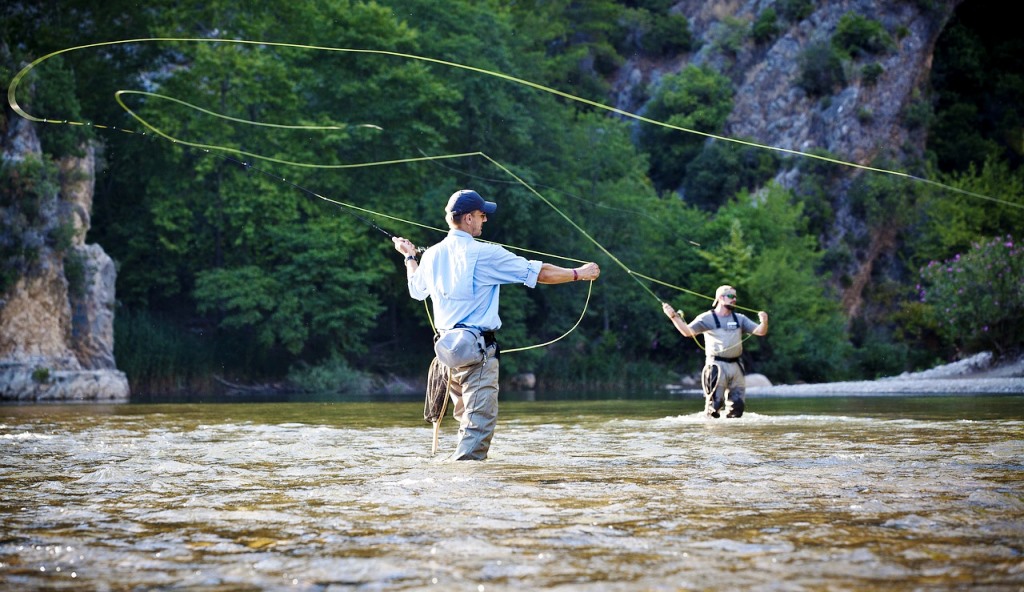On February 25, 2021, the U.S. Fish and Wildlife Service distributed $1 billion to state wildlife agencies through the Wildlife and Sport Fish Restoration Program (WSFR).
“Aside from being one of the most popular outdoor activities, recreational fishing plays an important role in strengthening our economy and the vitality of our fisheries and waterways,” said Glenn Hughes, president, American Sportfishing Association. “Anglers generate hundreds of millions of dollars each year that return to local communities to conserve our natural resources as a result of the Sport Fish Restoration and Boating Trust Fund.”
Generated by the hunting and angling industry, these funds support regional conservation projects across the country.
“The WSFR partnership among states, industry and the Service is a keystone conservation program in the United States because it creates a relationship between outdoor recreationists and the natural resources they enjoy,” said Service Principal Deputy Director Martha Williams. “State agencies use these funds to manage wildlife and improve their habitats, which also benefits outdoor recreationists.”
The 2021 WSFR apportionment is $121 million higher than the 2020 apportionment, due to increases in firearm, fishing equipment and motorboat fuel revenues.
Rooted in the Pittman–Robertson Act of 1937, the Dingell–Johnson Act of 1950, and the Wallop–Breaux Amendment of 1984, the WSFR program establishes a conservation and ecological restoration partnership among state wildlife agencies, the outdoor industry and the Service.
“Robust conservation programs are essential to protecting our nation’s cherished pastimes, and the Sport Fish Restoration and Boating Trust Fund is at the heart of these efforts,” said Nicole Vasilaros, Senior Vice President of Government and Legal Affairs at the National Marine Manufacturers Association. “On behalf of the American made recreational boating industry, we applaud the U.S. Fish and Wildlife Service for ensuring the fund’s continued success and look forward to working with them and state-based resource managers in the days and weeks ahead.”
When hunters, anglers and boaters purchase equipment and fuel, the manufacturers, producers and importers of those goods pay into the Wildlife Restoration, Sport Fish Restoration and Boating trust funds. These funds are distributed by the Service to ensure wildlife agencies in all states, commonwealths and territories receive support.
“The downside of this model is that the conservation and restoration programs usually emphasize boosting the populations of ‘constituent’ species—those that bring in the money, such as white-tailed deer—often at the expense of biodiversity and non-revenue-generating plant and animal species,” says Storm Cunningham, Executive Director of the RECONOMICS Institute.
State wildlife agencies dedicate WSFR funds to a variety of conservation projects and programs. Since WSFR’s inception, $20 billion has been allocated to hunting and fishing education, fish and wildlife management, scientific research, habitat restoration and protection, land and water rights acquisition, and hunting and boating access.
“State fish and wildlife agencies are critically important to this nation’s on-the-ground conservation efforts,” said Sara Parker Pauley, Director of the Missouri Department of Conservation and President of the Association of Fish and Wildlife Agencies.
“The Wildlife and Sportfish Restoration (WSFR) Program provides funding for states to conserve, protect and enhance fish, wildlife, their habitats and the hunting, sport fishing and recreational boating opportunities they provide for generations to come,” she added.
Photo of fly fishing by Frank Glittenberg from Pixabay.
See state-by-state listings of the final apportionments for Fiscal Year 2021 (PDF).

